Home>Garden Essentials>How Far Apart Do You Plant Corn Seed
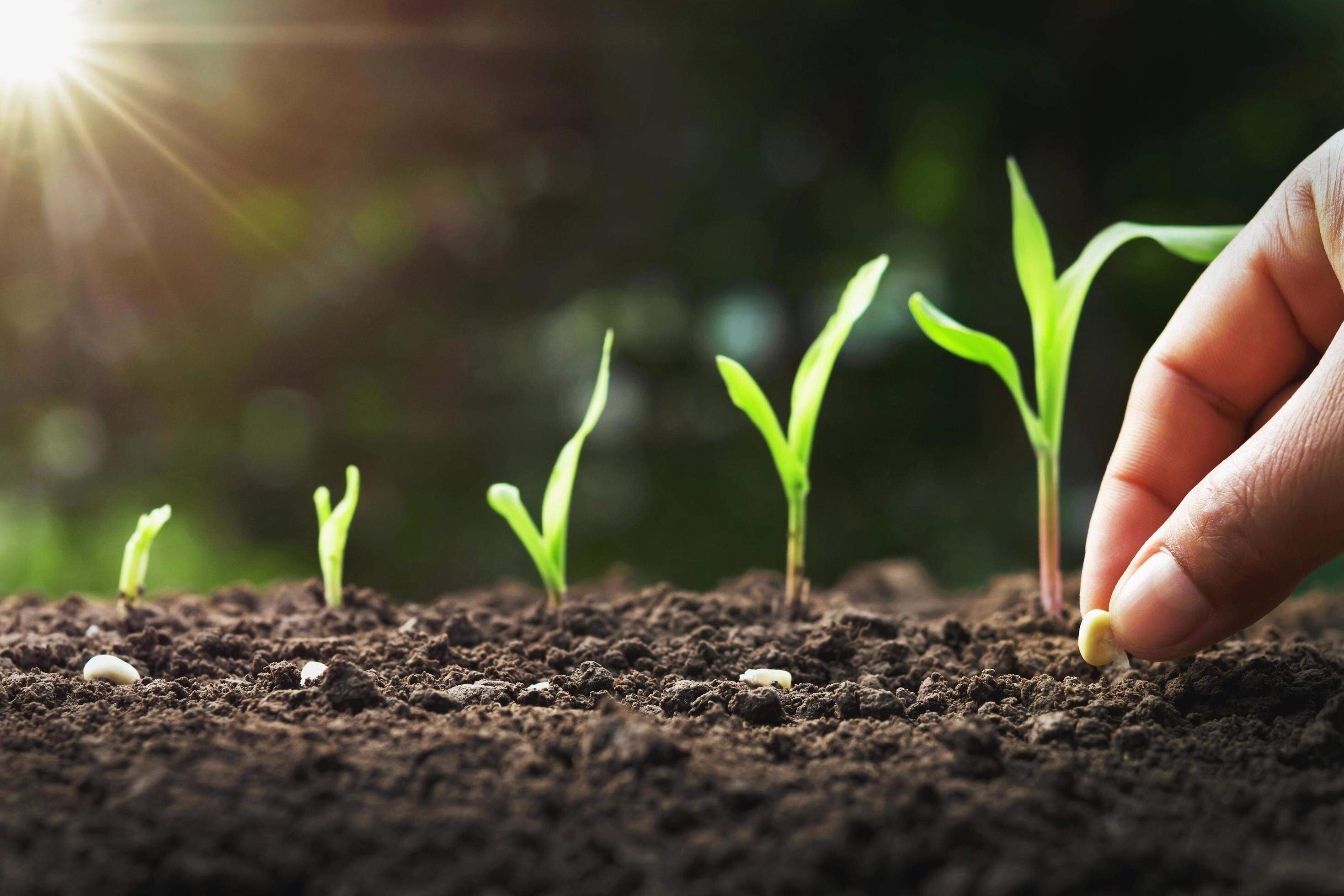

Garden Essentials
How Far Apart Do You Plant Corn Seed
Modified: March 15, 2024
Learn the ideal spacing for planting corn seeds in your garden. Discover how far apart to place the seeds for maximum growth and yield.
(Many of the links in this article redirect to a specific reviewed product. Your purchase of these products through affiliate links helps to generate commission for Storables.com, at no extra cost. Learn more)
Introduction
Welcome to the world of corn planting! Whether you’re a seasoned gardener or a beginner in the world of agriculture, understanding how far apart to plant corn seeds is crucial. Proper spacing ensures that your corn plants have enough room to grow and access essential nutrients, sunlight, and water. In this article, we’ll explore the factors that affect corn seed spacing, recommended distances for planting, and different methods for achieving the perfect spacing.
Corn, scientifically known as Zea mays, is a versatile and staple crop in many parts of the world. It can be grown for both human and animal consumption, as well as for industrial purposes. With its tall stalks, lush leaves, and tantalizing ears, corn adds beauty to any garden or farm.
Before we dive into the specifics of corn seed spacing, it’s worth noting that there isn’t a one-size-fits-all approach. The ideal spacing depends on various factors, including the variety of corn you’re planting, the soil fertility, the weather conditions, and your overall gardening goals. However, there are general guidelines that can help you make informed decisions.
So let’s roll up our sleeves, put on our gardening gloves, and explore the world of corn seed spacing!
Key Takeaways:
- Proper corn seed spacing is crucial for successful growth and high yields. Whether planting in rows, hills, or with precision planters, ensuring each plant has enough room to grow, access sunlight, and obtain necessary nutrients is key.
- Adjusting seed spacing based on corn variety characteristics is essential. Consider growth habit, leaf spread, ears per plant, and genetic traits to provide the ideal growing environment for each variety. Regular monitoring and adjustments throughout the growing season are crucial for optimal spacing.
Read more: When Do You Plant Corn Seeds
Factors Affecting Corn Seed Spacing
When determining the spacing for your corn seeds, it’s important to consider several factors that can impact the growth and development of your plants. By taking the following factors into account, you can optimize your corn planting and ensure a bountiful harvest:
- Corn Variety: Different corn varieties have varying growth habits and requirements. Some varieties produce larger plants with wider leaf spreads, while others are more compact. Consider the recommended spacing guidelines provided by the seed company or consult with local agricultural experts to determine the ideal spacing for the specific corn variety you’re planting.
- Soil Fertility: The fertility of your soil plays a crucial role in determining the spacing for your corn seed. Nutrient-rich soils tend to support more vigorous growth, allowing for closer planting. However, if your soil is less fertile, wider spacing may be necessary to provide adequate access to nutrients for each plant.
- Climate and Growing Conditions: Weather conditions can influence how corn plants develop and how much space they require. In regions with mild climates and abundant rainfall, corn plants tend to grow taller and wider, necessitating wider spacing. In areas with limited rainfall or hotter climates, closer spacing may be required to ensure each plant receives enough water and nutrients.
- Gardening Goals: Your personal gardening goals can also influence the spacing of your corn seeds. If you’re aiming for a larger harvest of ears, wider spacing may be necessary to allow each plant to produce multiple ears. However, if you prioritize the size and quality of individual ears, closer spacing may be more suitable.
- Equipment and Farm Size: The equipment you have available for planting and maintaining your corn crop, as well as the size of your farm, can affect the spacing of your corn seeds. Larger farms typically utilize machinery such as precision planters that can consistently space seeds at specific distances. Smaller gardens or farms may rely on manual planting methods, requiring more flexibility in seed spacing.
By carefully considering these factors, you can determine the most appropriate spacing for your corn seeds. It’s essential to strike a balance between providing enough room for each plant to grow and maximizing the use of available space to achieve a successful and productive corn crop.
Recommended Corn Seed Spacing
While the specific spacing for corn seeds may vary depending on the factors we discussed, there are general guidelines to help you achieve optimal growth and yields. The recommended spacing for corn seeds typically falls within a range, allowing flexibility according to individual needs and preferences. Here are some commonly recommended corn seed spacing guidelines:
- Planting in Rows: When planting corn in rows, a common spacing recommendation is to leave 8 to 12 inches between plants within a row. The distance between rows should be approximately 30 to 36 inches. This spacing allows each plant to have enough room to grow and access sunlight and nutrients.
- Planting in Hills: If you prefer planting corn in hills, create hills or mounds that are spaced 30 to 36 inches apart. Within each hill, plant three to four corn seeds. Once the seeds germinate and the seedlings emerge, you can thin them to leave only the healthiest and strongest plant per hill. This method ensures adequate spacing and encourages robust growth.
- Precision Planters: For larger-scale farms or gardeners utilizing precision planters, seed spacing can be more precise. These planters can evenly space seeds at specific distances, typically between 6 to 9 inches apart. The distance between rows can be adjusted according to your preference and equipment capabilities.
It’s important to note that these recommendations are general guidelines, and adjustments may be necessary depending on the factors we discussed earlier. Observation and monitoring throughout the growing season can help you determine if any modifications to the spacing are needed.
Additionally, as your corn plants grow and develop, you may need to make further adjustments. Thinning seedlings or removing weaker plants within a row or hill can provide more space and resources for the remaining plants to thrive. Regularly inspecting your crop and making necessary changes ensures optimal spacing and healthy plant development.
Remember, the goal of proper corn seed spacing is to promote strong growth, reduce competition for resources, and ultimately maximize yields. By following these recommended spacing guidelines, you are setting your corn crop up for success.
Planting Corn Seed in Rows
Planting corn seeds in rows is a common and efficient method that allows for easy maintenance and harvesting. When using this approach, there are a few key steps to follow to ensure successful germination and growth.
Here’s a step-by-step guide on how to plant corn seeds in rows:
- Prepare the soil: Start by preparing the soil in advance. Remove any weeds or debris and loosen the soil to improve drainage and root penetration. Incorporate organic matter, such as compost or well-rotted manure, to enhance soil fertility.
- Mark the rows: Use a garden hoe or a string to mark straight rows in your garden or field. The rows should be spaced approximately 30 to 36 inches apart. This spacing provides enough room for the corn plants to develop and allows you to maneuver between the rows for maintenance.
- Create furrows: With a garden hoe or a specialized tool, create shallow furrows along the marked rows. The furrows should be approximately 1 to 2 inches deep.
- Plant the seeds: Place the corn seeds in the furrows, spacing them 8 to 12 inches apart. Drop each seed individually or use a seed planter for precise spacing. Cover the seeds with soil, gently firming it down to ensure good seed-to-soil contact.
- Water thoroughly: After planting, water the furrows thoroughly to ensure proper seed hydration. Moisture is essential for germination, so make sure the soil remains evenly moist but not waterlogged throughout the germination period.
- Maintain the crop: As the corn seedlings emerge and grow, keep an eye on them for any signs of pests, diseases, or nutrient deficiencies. Regularly water the plants, providing one to two inches of water per week, either through rainfall or irrigation.
- Thin the seedlings: Once the corn plants reach a height of around 4 to 6 inches, thin them out if needed. Remove the weaker or overcrowded seedlings, leaving only the healthiest and strongest plants spaced at the desired distance.
- Fertilize as needed: Throughout the growing season, monitor the nutrient levels in the soil and provide additional fertilization if necessary. Corn is a heavy feeder, so it may require supplemental nutrients to ensure optimum growth and yield.
By following these steps and maintaining proper care, your corn plants in rows will have the space they need to thrive and produce delicious ears of corn. Remember to regularly monitor the soil moisture, address any pest or disease issues promptly, and provide necessary support, such as staking taller varieties, to keep the plants healthy and productive.
For optimal growth, plant corn seeds 8-12 inches apart in rows that are 30-36 inches apart. This spacing allows the plants to have enough room to grow and access sunlight, water, and nutrients.
Planting Corn Seed in Hills
Planting corn seeds in hills is another popular method that provides optimal growing conditions for each individual plant. This approach allows for better air circulation, drainage, and access to sunlight, which can result in healthier and more productive corn plants. Here’s a step-by-step guide on how to plant corn seeds in hills:
- Prepare the soil: Start by preparing the soil in advance. Remove any weeds or debris and loosen the soil to improve drainage and root penetration. Add organic matter to enhance soil fertility and ensure optimal growing conditions.
- Mark the hills: Use a garden hoe or your hands to create mounds or hills along the planting area. Space the hills approximately 30 to 36 inches apart. Each hill will accommodate multiple corn plants.
- Add compost or fertilizer: Prior to planting, amend each hill with a small amount of compost or a balanced fertilizer. This will provide a nutrient-rich environment for the developing corn plants.
- Make planting holes: With your finger or a small garden tool, create planting holes in each hill. The holes should be approximately 1 to 2 inches deep and spaced a few inches apart within the hill.
- Plant the seeds: Place three to four corn seeds in each hole within the hill. Gently cover the seeds with soil, slightly compacting it to ensure good seed-to-soil contact. The multiple seeds per hill increase the chances of germination and establishment.
- Water thoroughly: After planting, water the hills thoroughly to ensure the seeds are adequately hydrated. Keep the soil consistently moist during the germination period, ensuring the seeds receive the moisture they need to sprout.
- Thin the seedlings: Once the corn seedlings reach a height of around 4 to 6 inches, thin them out to leave only the healthiest and strongest plant per hill. This allows each plant to have enough room to grow and access essential resources.
- Maintain the crop: As the corn plants grow, provide regular care and maintenance. Water the plants regularly, aiming for one to two inches of water per week. Monitor for pests, diseases, and nutrient deficiencies, and address any issues promptly.
- Support taller varieties: If you’re planting taller corn varieties, consider providing support, such as staking or using trellises. This will prevent the stalks from bending or breaking under the weight of the ears, ensuring healthy growth and easy harvesting.
By following these steps and providing proper care, your corn plants in hills will have the space they need to develop healthy root systems and produce beautiful ears of corn. The hills provide excellent drainage and allow for efficient management of the crop. Remember to regularly monitor soil moisture, address any pest or disease issues promptly, and provide necessary support to ensure a successful corn harvest.
Read more: How To Plant Corn Seeds
Planting Corn Seed with Precision Planters
For larger-scale farms or gardeners looking for precise and consistent seed spacing, using precision planters is a highly effective method for planting corn seeds. These specialized machines are designed to evenly distribute seeds at specific distances, resulting in optimal plant spacing and improved crop yields. Here’s a step-by-step guide on how to plant corn seed with precision planters:
- Prepare the equipment: Ensure that your precision planter is in good working condition. Clean and inspect the planter, making any necessary adjustments or repairs. Check the seed plates or drums to ensure they are the correct size for your corn seed variety.
- Calibrate the planter: It’s crucial to calibrate the planter before starting. Follow the manufacturer’s instructions to ensure accurate seed spacing. Adjust the planter settings based on the desired seed spacing and the recommended planting rate for your corn variety.
- Prepare the soil: Prepare the soil by removing weeds, debris, and large clods. Ensure that the soil is well-drained and tilled to a fine, crumbly texture. Adequate soil preparation helps the precision planter operate effectively and ensures optimal seed-to-soil contact.
- Set up the planter: Position the precision planter at one end of the planting area. Make sure the planter is leveled and aligned with the rows. Adjust the row spacing setting according to your desired spacing, typically between 30 to 36 inches.
- Fill the seed hopper: Fill the seed hopper of the precision planter with your selected corn seed. Ensure the seeds are clean and free from debris or foreign matter. Monitor the seed level throughout the planting process to ensure continuous and accurate seeding.
- Start planting: Engage the planter and start moving slowly, allowing the precision planter to distribute the seeds evenly along the rows. The planter will automatically drop the seeds at the predetermined spacing, providing consistent and precise seed placement.
- Monitor the planting process: While planting, monitor the planter’s performance. Ensure that the seed plates or drums are functioning properly and that the seed spacing remains consistent. Adjust the planter settings if needed to maintain optimal seed spacing.
- Inspect and maintain the planter: Periodically inspect the precision planter during the planting process to detect any issues or malfunctions. Address any problems immediately to ensure accurate seed spacing and minimize disruptions to the planting operation.
Planting corn seed with precision planters offers numerous benefits, including optimal seed spacing, reduced seed waste, and improved crop uniformity. It saves time and labor compared to manual planting methods, making it ideal for larger-scale corn production. Additionally, the precise spacing provided by these planters helps maximize sunlight, water, and nutrient distribution, promoting healthy growth and higher yields.
By following these steps and regularly maintaining your precision planter, you can achieve consistent and accurate seed spacing, setting your corn crop up for success.
Adjusting Corn Seed Spacing for Different Corn Varieties
When it comes to planting corn, different corn varieties have unique growth habits, plant sizes, and ear production. As a result, it’s important to adjust the seed spacing based on the specific characteristics of the corn variety you’re planting. Here are some considerations to keep in mind when adjusting corn seed spacing for different corn varieties:
- Growth Habit: Some corn varieties have a more upright growth habit and produce taller plants, while others have a bushier habit and remain more compact. For taller varieties, wider spacing may be necessary to allow the plants to grow without competing for sunlight or nutrients. Conversely, for compact or bushier varieties, closer spacing may be appropriate to optimize plant growth and yield.
- Leaf Spread: The leaf spread of corn plants can vary significantly between different varieties. Some varieties have wider leaves that require additional space to prevent overlapping and shading of neighboring plants. If you’re planting a variety with a wide leaf spread, consider planting them further apart to ensure adequate sunlight penetration and airflow.
- Ears per Plant: Certain corn varieties are known for producing multiple ears per plant, while others typically produce a single ear. If you’re planting a variety that tends to produce multiple ears, wider spacing may be necessary to accommodate the additional space, nutrients, and sunlight required for each plant to develop multiple ears. Conversely, for varieties that produce a single ear, closer spacing can be considered to maximize yields per unit area.
- Plant Genetics: Each corn variety has specific genetic traits that influence its growth, yield potential, and overall performance. By understanding the genetic characteristics of the corn variety you’re planting, you can make informed decisions about the appropriate seed spacing. Consult the seed company’s recommendations or seek advice from agricultural experts familiar with the variety to determine the optimal seed spacing.
It’s important to note that the recommendations provided by seed companies or agricultural experts serve as a starting point, but adjustments may still be required based on your specific growing conditions and gardening goals. Regular monitoring of the corn plants and making adjustments as needed throughout the growing season can help ensure optimal spacing and maximize the potential of your corn crop.
By taking into account the growth habit, leaf spread, ears per plant, and genetic traits of different corn varieties, you can fine-tune the seed spacing to provide the ideal growing environment for each variety. This customized approach will promote healthy growth, improve pollination, and ultimately enhance the overall performance of your corn crop.
Conclusion
Planting corn seeds at the proper spacing is essential for a successful and productive crop. Whether you choose to plant in rows, hills, or utilize precision planters, understanding the factors that affect corn seed spacing is crucial. Taking into consideration the corn variety, soil fertility, climate, gardening goals, and equipment available will help you determine the most suitable seed spacing for your specific needs.
Recommended corn seed spacing guidelines provide a starting point, but it’s important to adjust based on individual factors and observations. Ensuring that each corn plant has enough room to grow, access sunlight, and obtain necessary nutrients is key to achieving optimal growth and high yields.
Planting in rows offers convenience and easy maintenance, with recommended spacing of 8 to 12 inches between plants within rows and approximately 30 to 36 inches between rows. This allows for successful growth and harvest while providing adequate space for each plant.
Planting in hills promotes better air circulation, drainage, and sunlight exposure. Creating hills or mounds spaced 30 to 36 inches apart, and planting three to four seeds in each hill, provides room for healthy root development and ensures proper nutrient availability.
Utilizing precision planters offers precise and consistent seed spacing for larger-scale operations. These machines distribute seeds evenly at predetermined distances, resulting in optimal plant spacing and improved crop uniformity. Calibrating the planter and regularly maintaining it are crucial for accurate seed placement.
Lastly, when dealing with different corn varieties, it’s important to adjust the seed spacing accordingly. Consider the growth habit, leaf spread, ears per plant, and genetic characteristics of the specific variety. This customized approach ensures that each plant has the space it needs to thrive and reach its full potential.
Throughout the growing season, monitor the corn crop closely and make any necessary adjustments to the seed spacing. This proactive approach will help address issues promptly and maintain optimal growing conditions. Regular care, including watering, fertilizing, and pest control, will contribute to the overall success of your corn crop.
By implementing proper corn seed spacing techniques, you can maximize yields, promote healthy plant growth, and ultimately enjoy a bountiful harvest of delicious and nutritious corn. So, roll up your sleeves, grab your gardening tools, and get ready to plant corn with precision and confidence!
Frequently Asked Questions about How Far Apart Do You Plant Corn Seed
Was this page helpful?
At Storables.com, we guarantee accurate and reliable information. Our content, validated by Expert Board Contributors, is crafted following stringent Editorial Policies. We're committed to providing you with well-researched, expert-backed insights for all your informational needs.
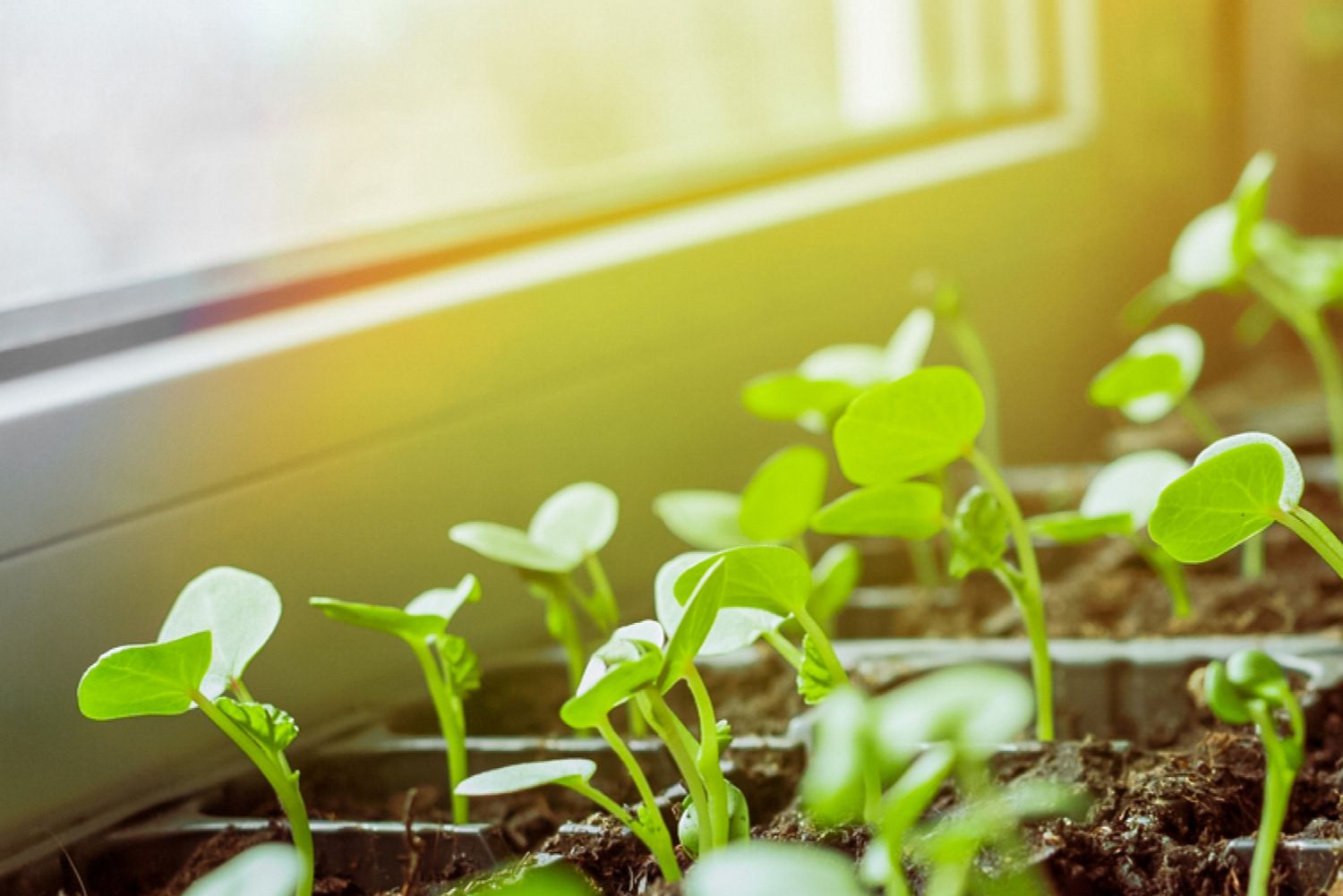
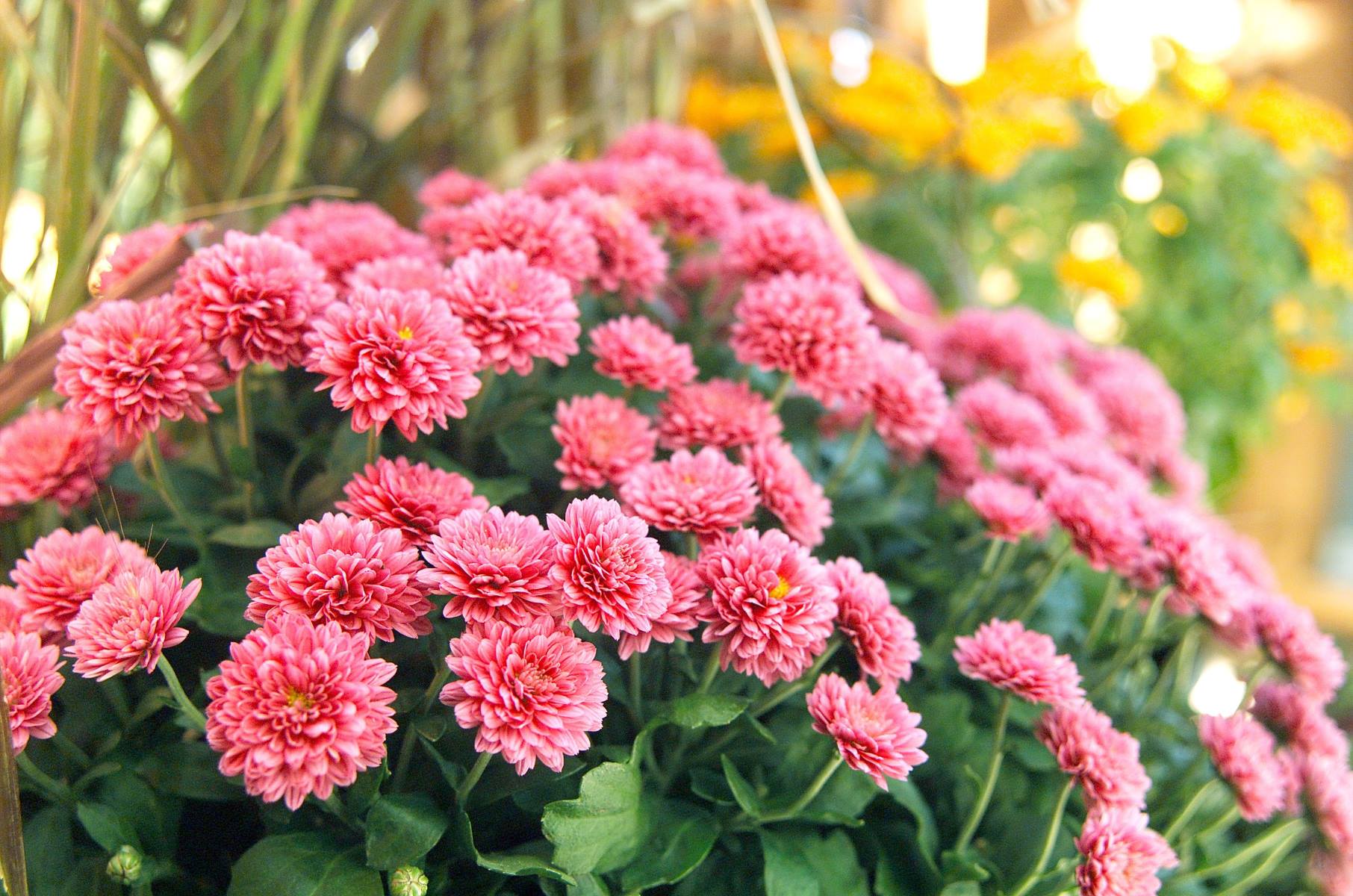
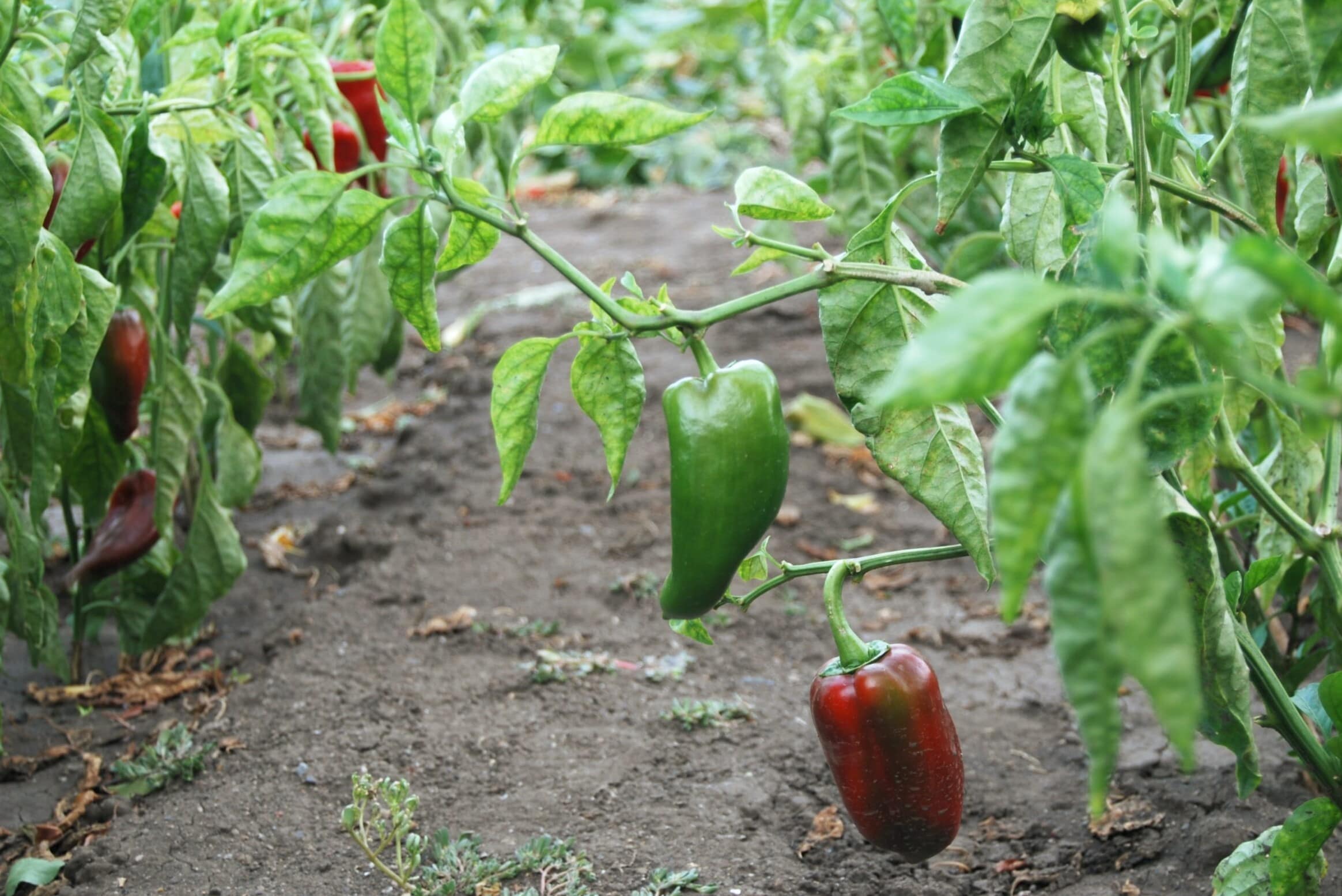
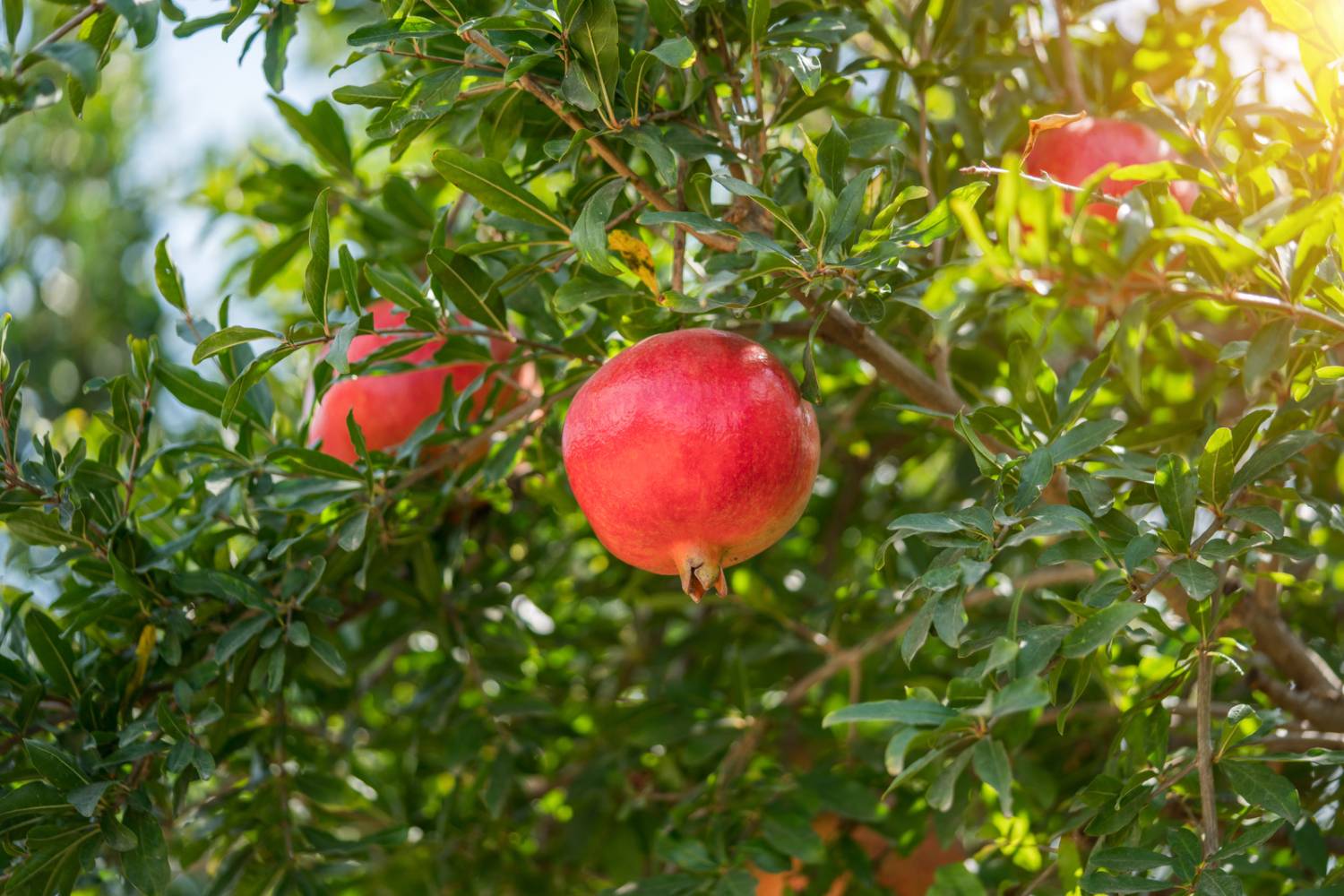
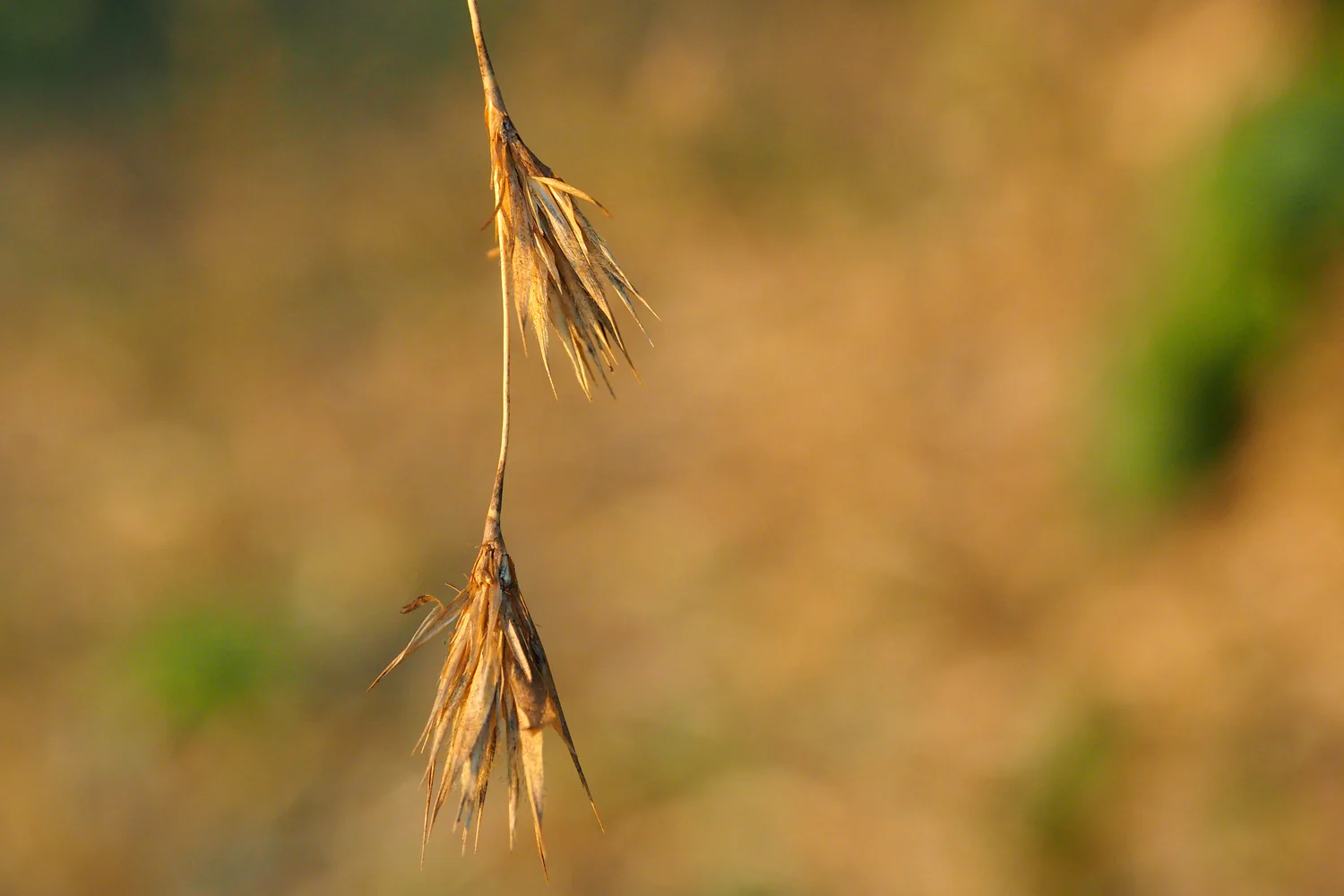
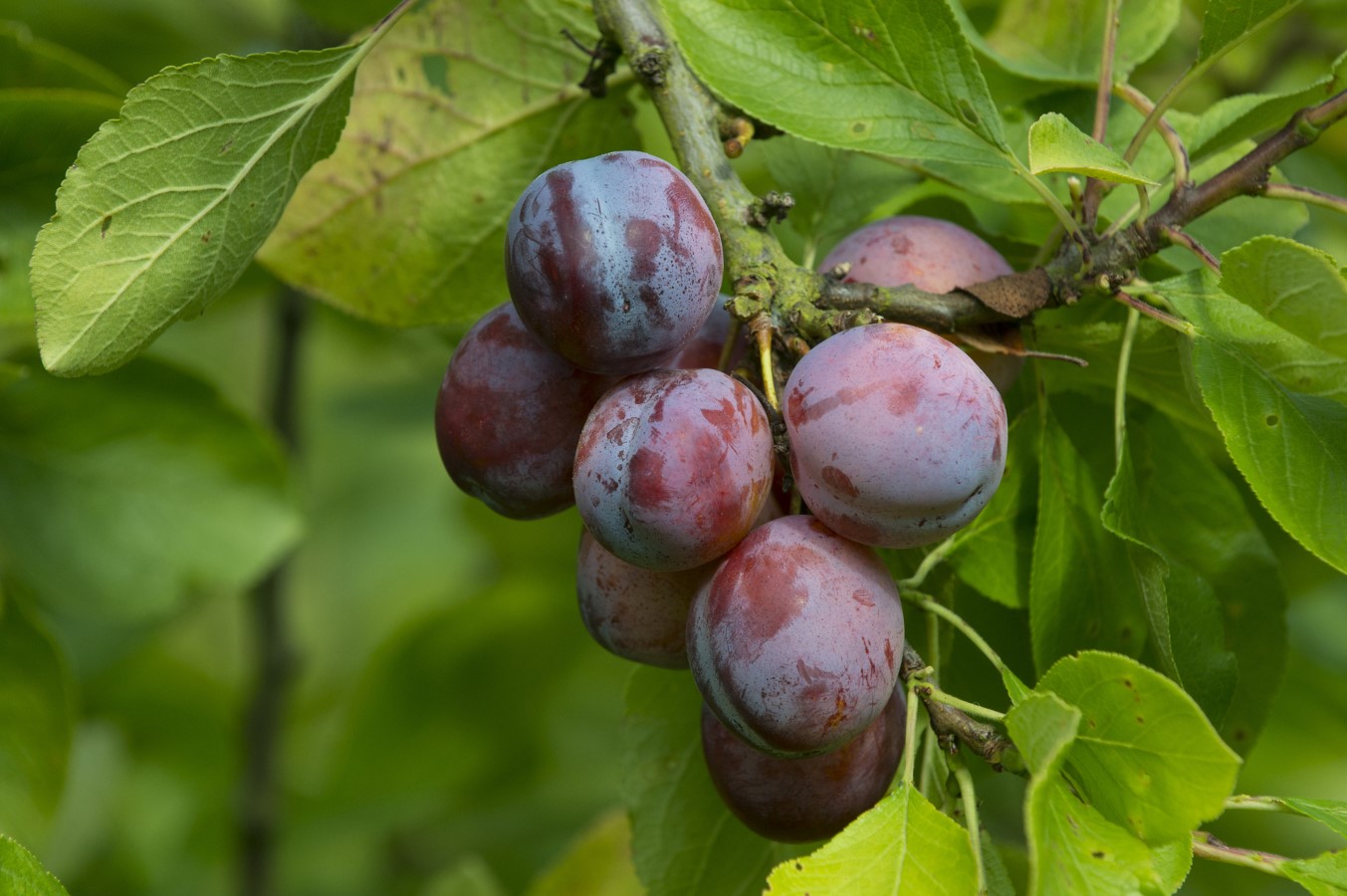

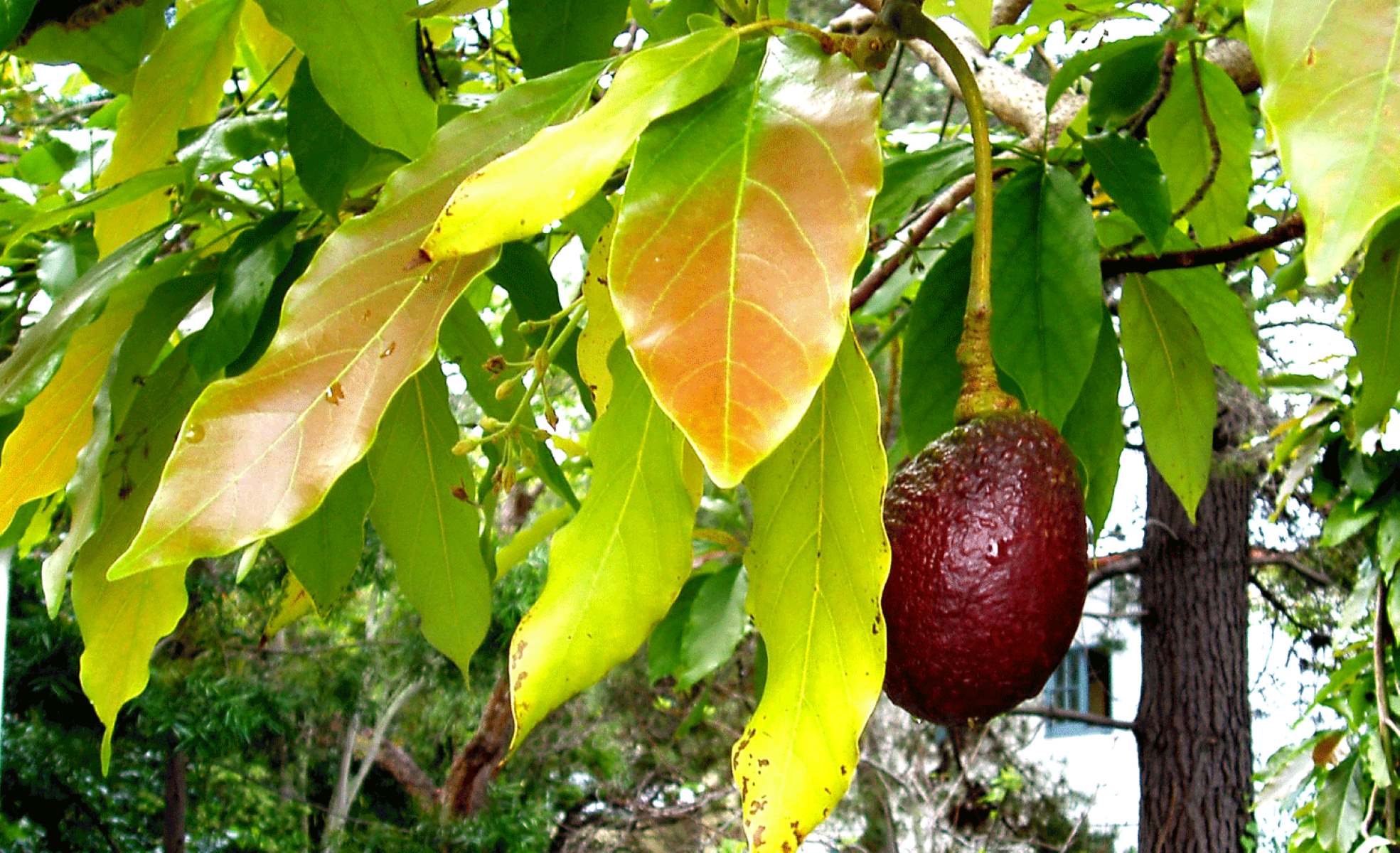
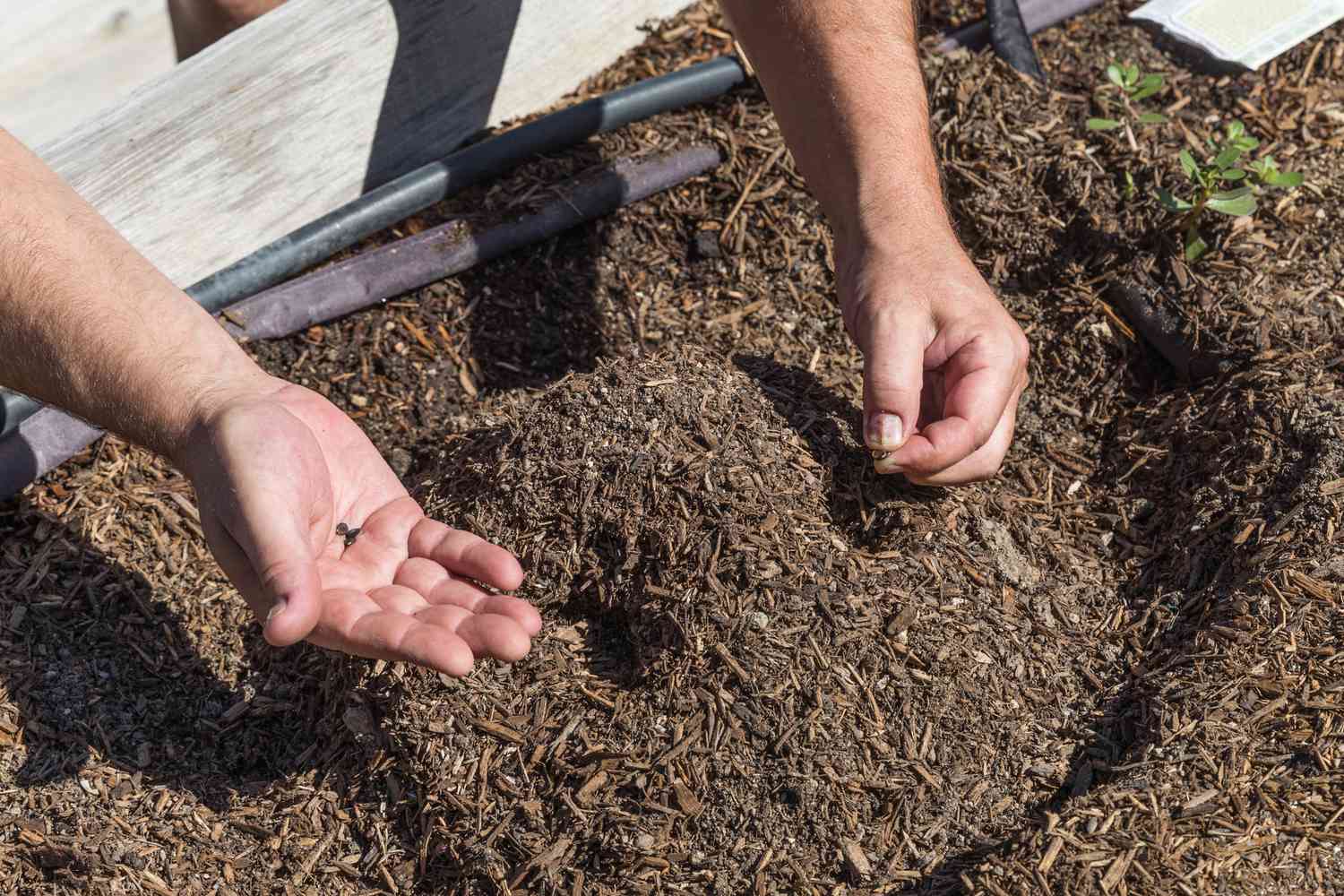
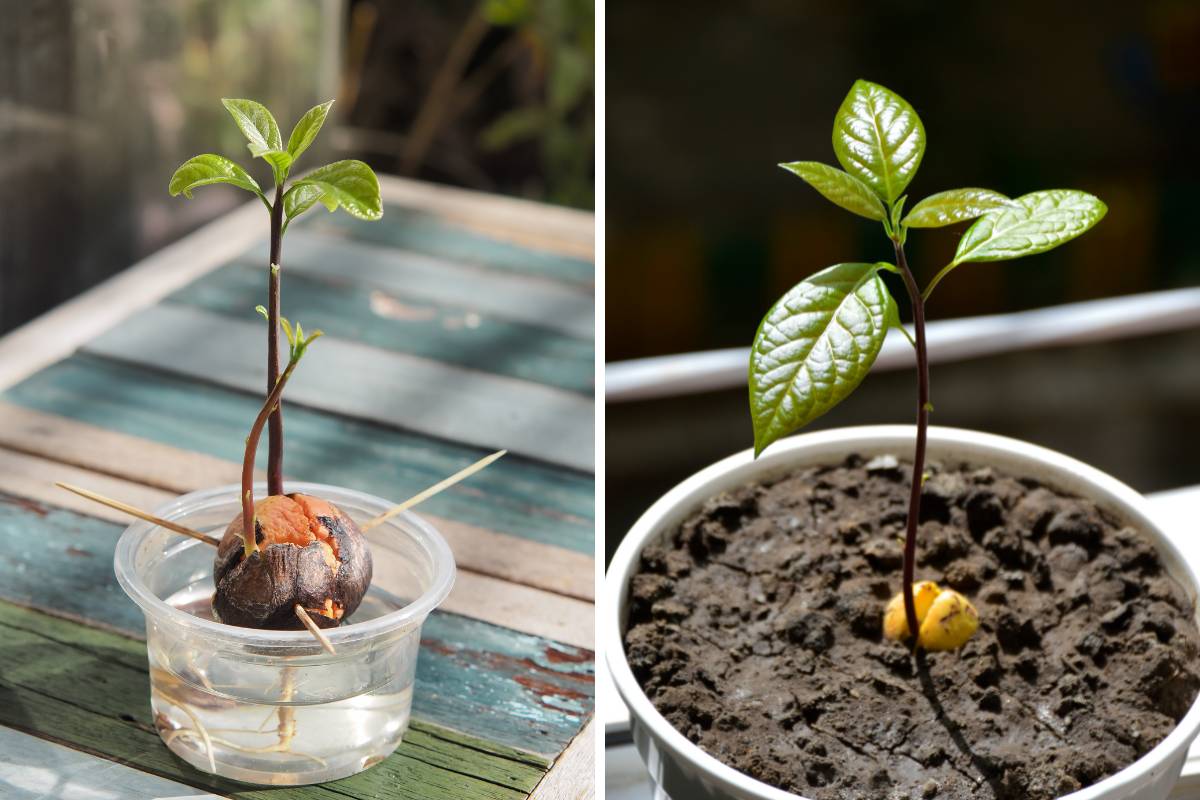
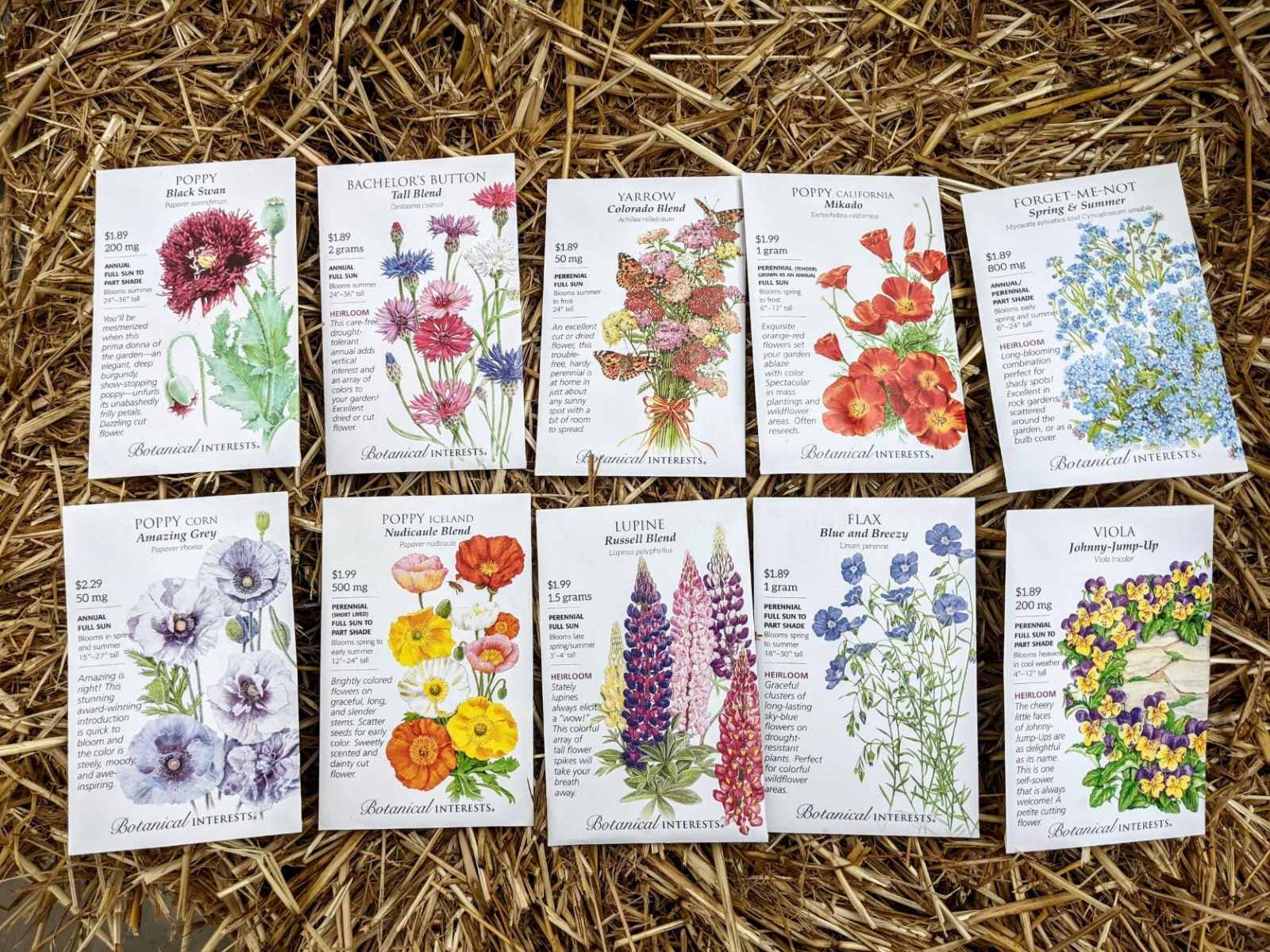
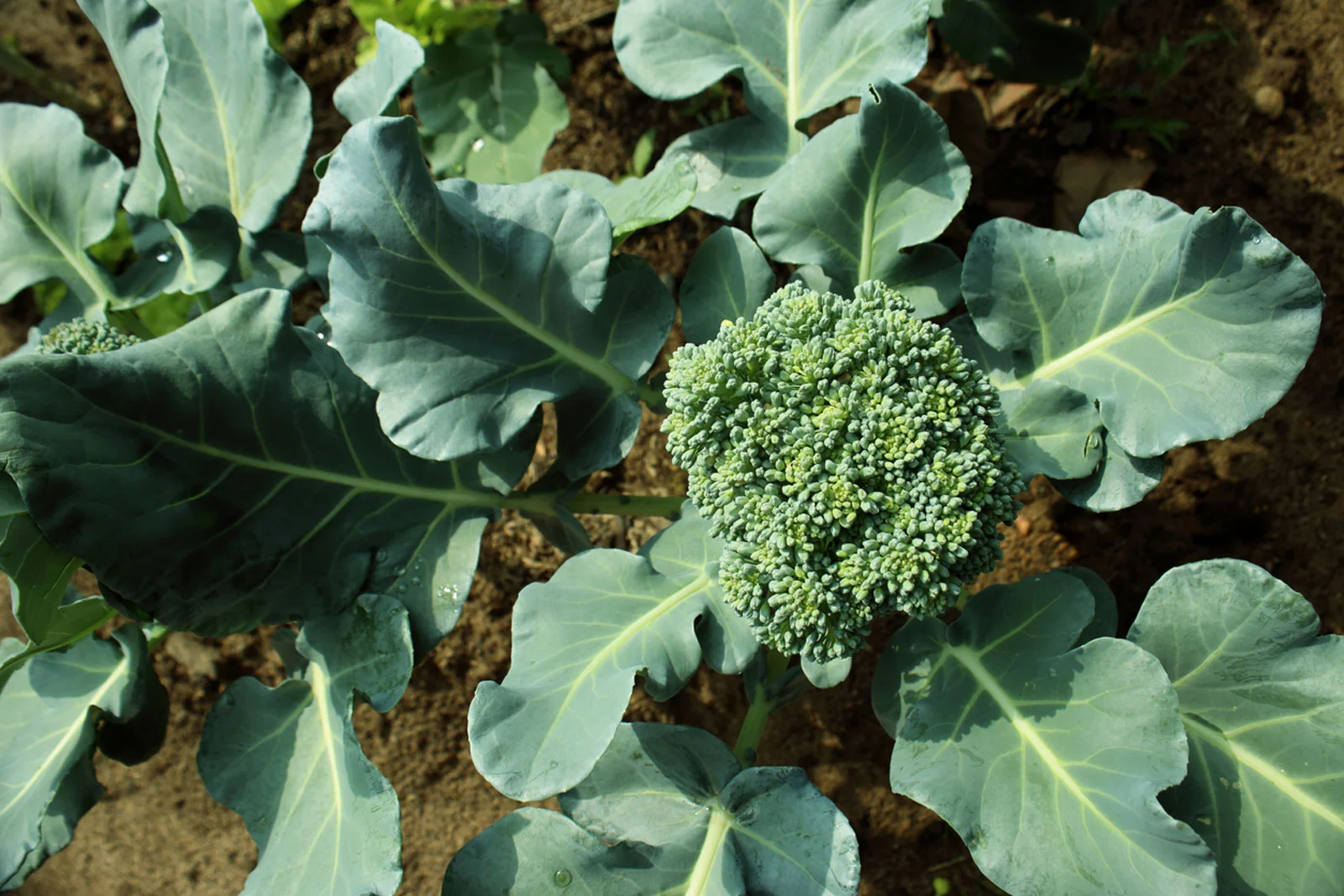
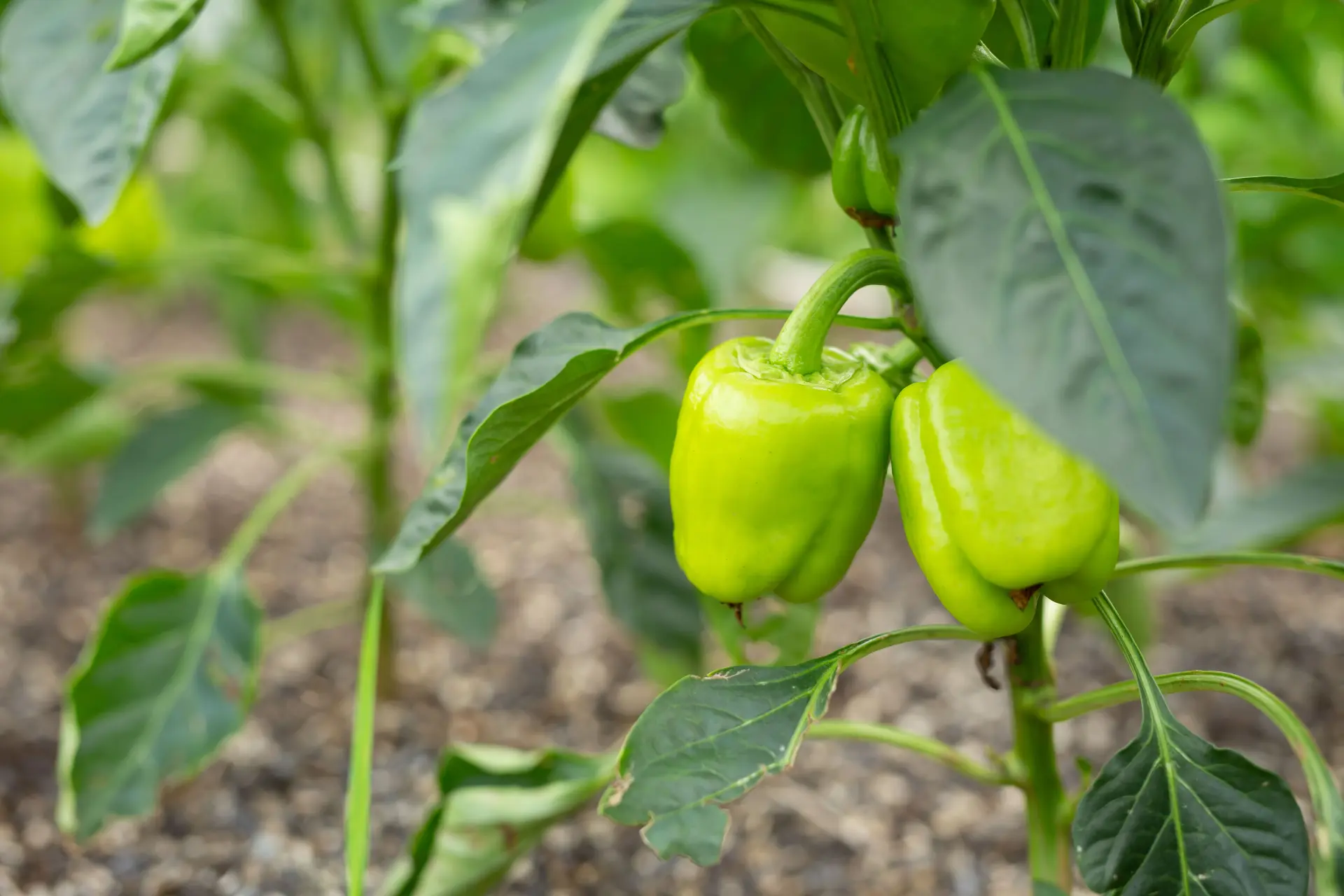
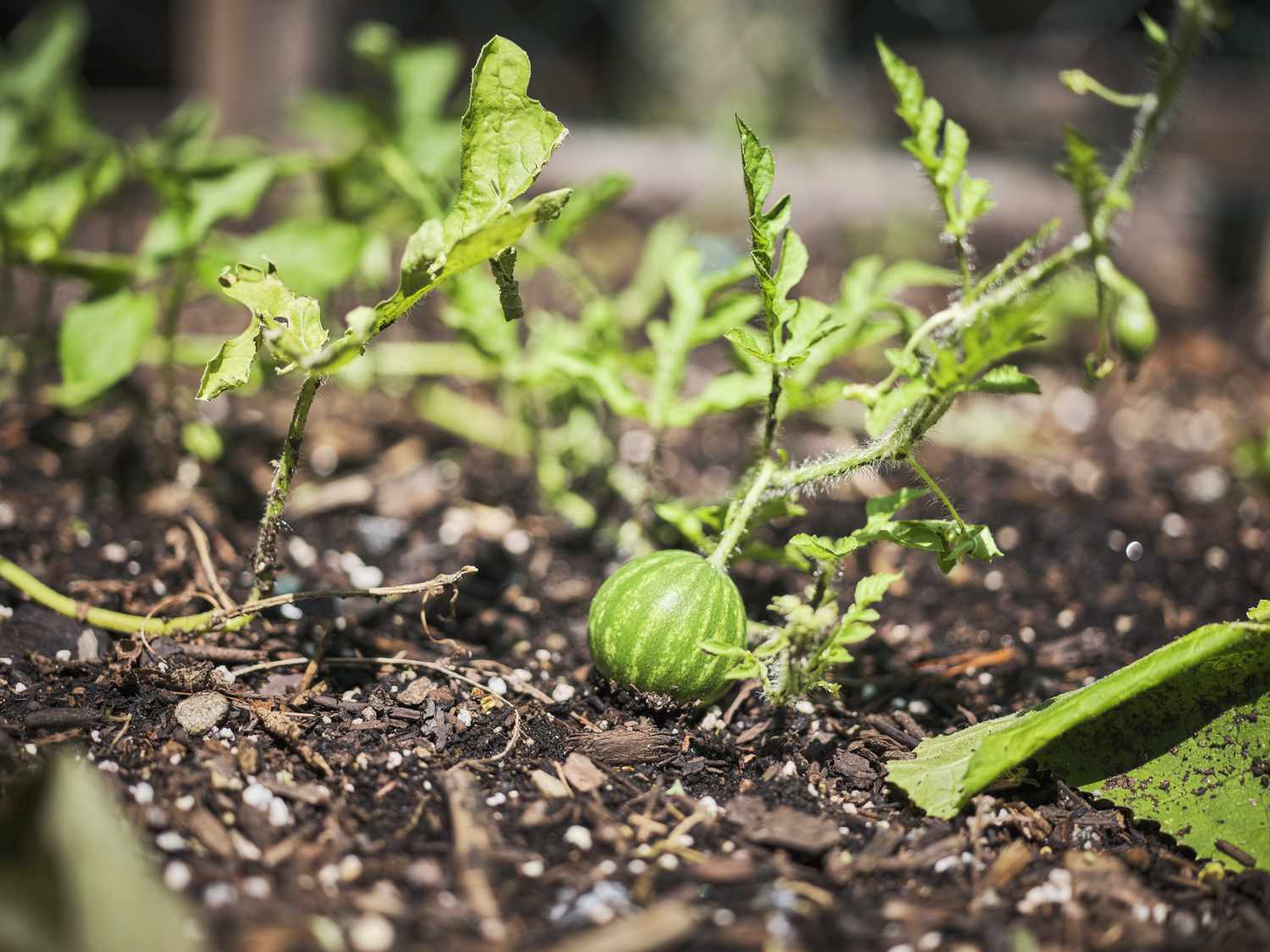

0 thoughts on “How Far Apart Do You Plant Corn Seed”